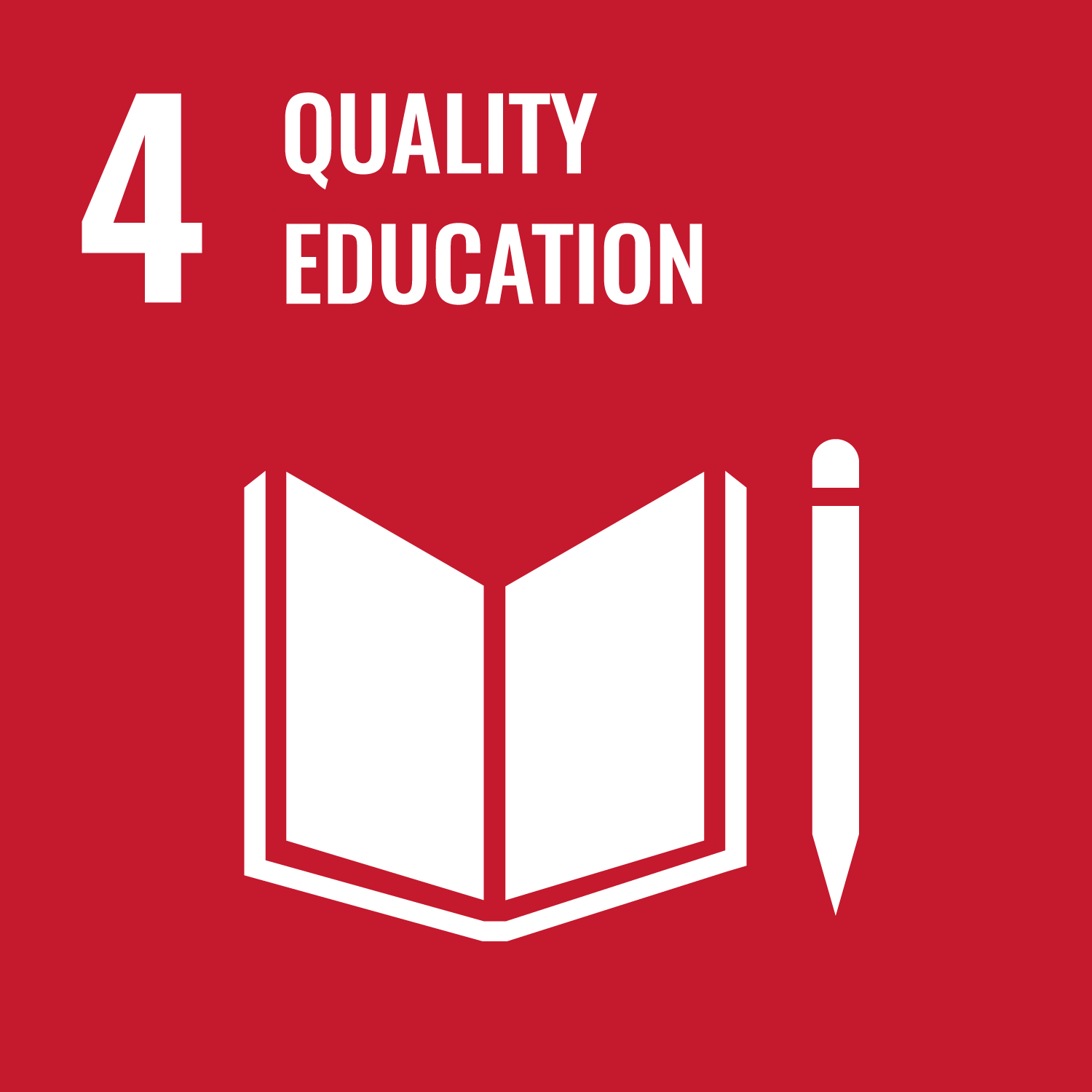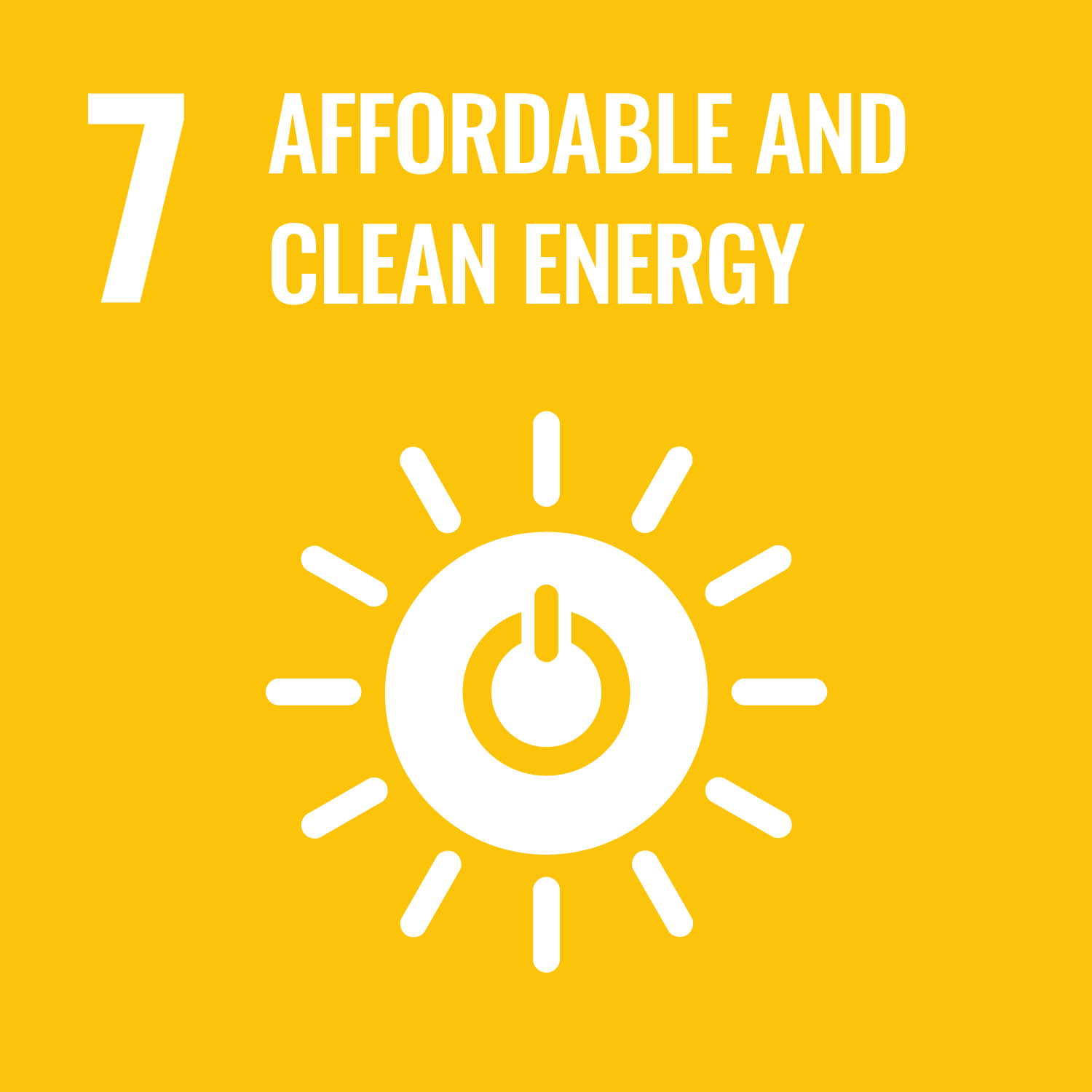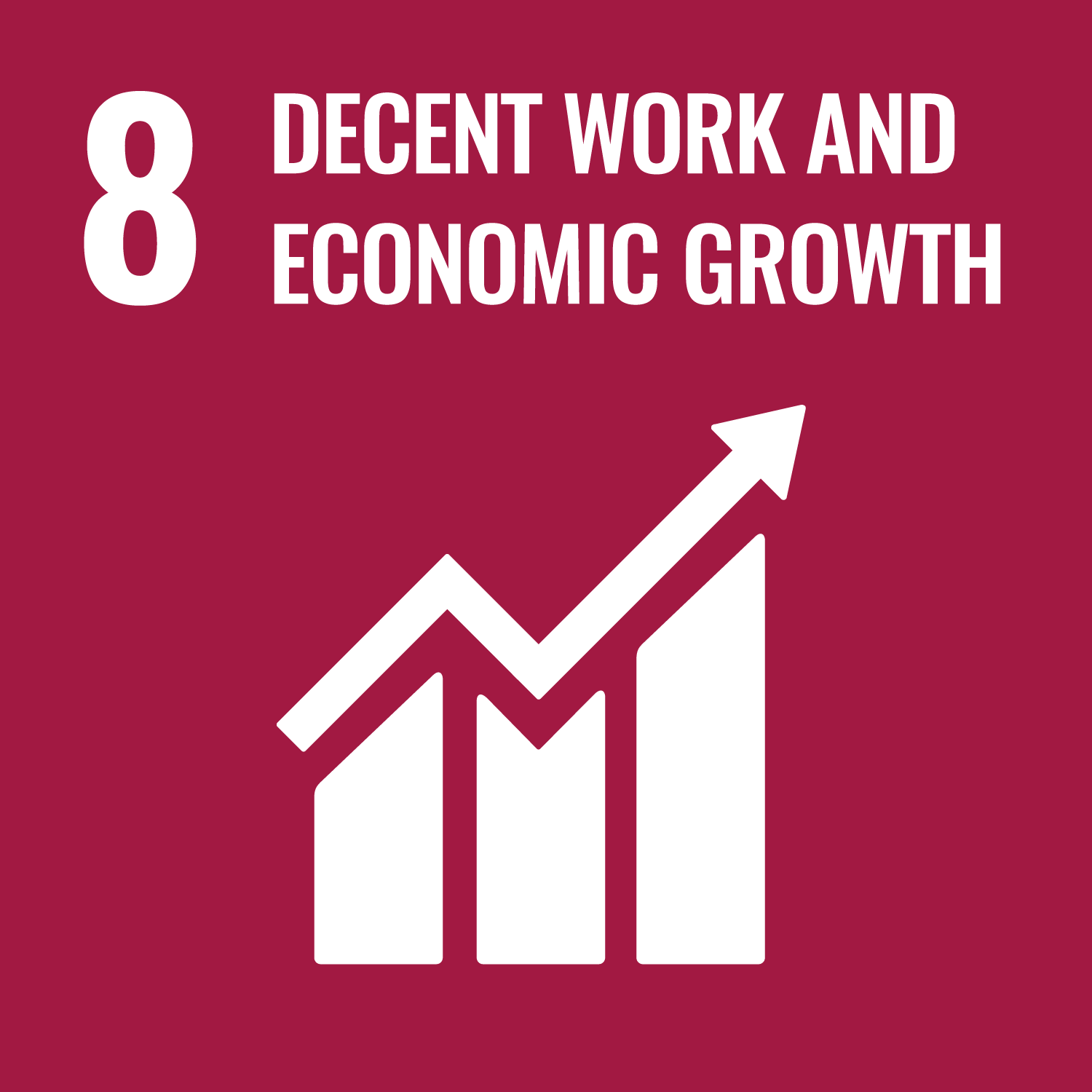Innovating for a Sustainable Future
In an era where technology's role in shaping our future is more crucial than ever, our company stands at the forefront of integrating sustainable development into the core of tech innovation. We've pioneered a comprehensive approach that addresses multiple United Nations Sustainable Development Goals (SDGs) through a unique blend of technological efficiency, inclusive employment practices, and educational initiatives. By focusing on coding efficiency and system configuration adequacy, we not only optimize resource utilization but also make advanced technologies more accessible, particularly in developing regions. Our commitment extends beyond environmental considerations to encompass social equity, gender equality, and economic empowerment, demonstrating how tech companies can be powerful catalysts for global sustainable development. This holistic strategy, touching on 10 distinct SDGs, sets a new benchmark for responsible business practices in the technology sector, proving that innovation, sustainability, and social responsibility can go hand in hand.
Two Focal Ideas
Energy efficiency in software development and IT operations is a critical yet often overlooked avenue for achieving Sustainable Development Goals. By focusing on coding efficiency and system configuration adequacy, organizations can significantly reduce their energy consumption and environmental impact. This approach not only optimizes resource utilization but also directly contributes to global efforts in combating climate change and promoting responsible energy use.
Efficiency
Optimized code requires fewer computational resources, directly reducing energy consumption in software execution. This leads to lower power usage in data centers and devices, contributing to SDG 7 (Affordable and Clean Energy) and SDG 13 (Climate Action).
Adequacy
Proper system configuration ensures that hardware resources are allocated optimally, preventing overprovisioning and unnecessary energy waste. This aligns with SDG 12 (Responsible Consumption and Production) by maximizing resource efficiency and minimizing environmental impact.
Key Areas of Impact
Stimulating Innovations
The focus on coding efficiency and system configuration adequacy not only promotes environmental sustainability but also contributes significantly to economic development, particularly in developing countries. By reducing service costs through optimized resource utilization, this approach makes technology more accessible and affordable. This aligns with SDG 8 (Decent Work and Economic Growth) and SDG 9 (Industry, Innovation and Infrastructure) by lowering barriers to entry for local businesses and entrepreneurs. In regions where high operational costs might otherwise suppress innovation, these efficiency measures enable the adoption of advanced technologies at a fraction of the traditional cost. This democratization of technology access fosters a more inclusive digital economy, empowering developing nations to participate more fully in the global marketplace and drive their own technological innovations.
Improving Inequality
Our approach actively addresses SDG 10 (Reduced Inequalities) through inclusive employment practices and a strong non-discrimination policy. By employing programmers from developing countries, we create quality job opportunities and foster skill development in economically challenged regions. This practice helps bridge the global digital divide and promotes more balanced economic growth, directly contributing to SDG 1 (No Poverty). Our non-discrimination policies extend to all aspects of identity, including race, religion, and cultural background, supporting SDG 16 (Peace, Justice and Strong Institutions). By fostering a diverse and inclusive work environment, we ensure fair opportunities for all, regardless of their background or origin. This comprehensive approach not only reduces inequality within our organization but also contributes to broader socio-economic development in underserved communities.
Gender Equality
In alignment with SDG 5 (Gender Equality), our commitment to gender parity is a cornerstone of our organizational culture. We implement targeted hiring practices and workplace policies that ensure equal opportunities and representation for women in the tech industry. Our initiatives actively work to break down gender barriers in STEM fields, promoting women's participation and leadership at all levels of our organization. We provide mentorship programs, leadership training, and flexible work arrangements to support women's career advancement in technology. By actively addressing the gender gap in the tech sector, we contribute to the broader goal of achieving gender equality in the workforce and empowering women in traditionally male-dominated fields.
Academic Foundations
Our commitment to sustainable development is further strengthened by our contributions to education, aligning with SDG 4 (Quality Education). Our founding CEO and his partners, leveraging their solid academic backgrounds, play a crucial role in materializing this commitment. Their expertise enables the company to engage in knowledge transfer initiatives, offering internships, workshops, and training programs that bridge the gap between academia and industry. By sharing insights gained from real-world application of efficient coding and system configuration, we contribute to curriculum development in technology education. This approach not only enhances the quality of education in STEM fields but also ensures that the next generation of professionals is equipped with the skills and knowledge necessary to continue driving sustainable technological solutions. Our leadership's academic foundations thus serve as a catalyst for educational advancement, fostering a cycle of innovation and sustainable development in the tech sector.
Our SDG Contributions










